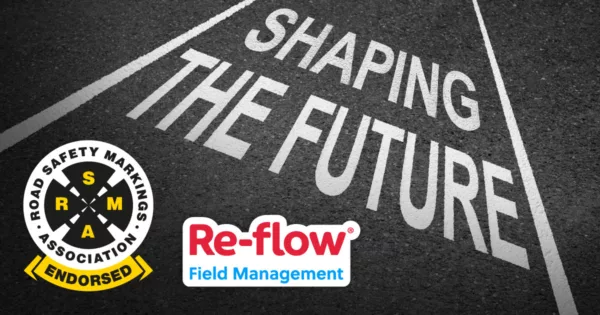
News
The Field Efficiency Checklist

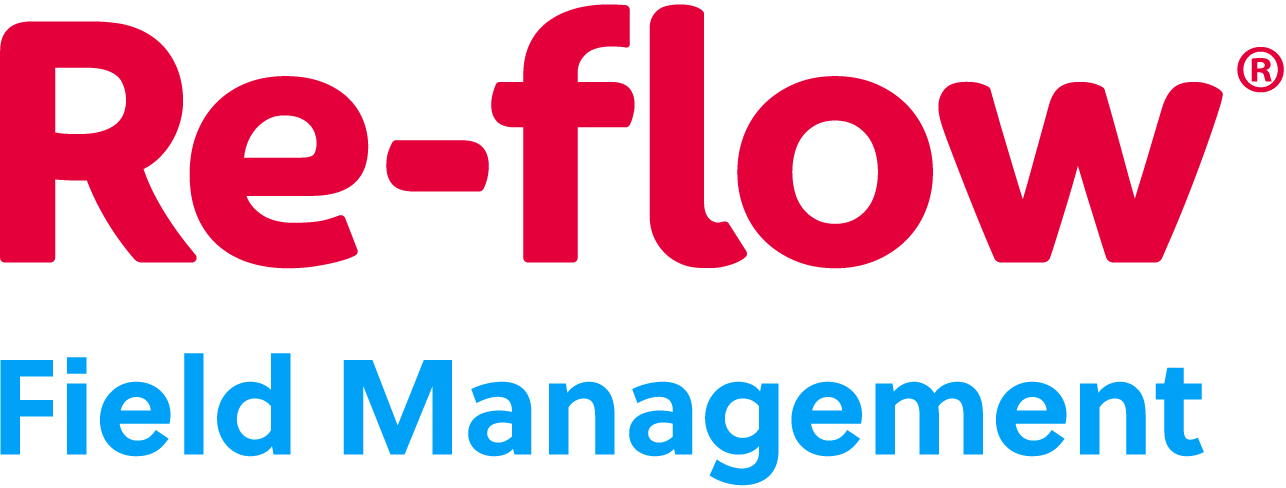
With increasing pressure to meet tight deadlines and deliver jobs on time and under budget, many businesses are looking to optimise their operations and improve efficiency.
Digitising processes, through the use of field management software, has become common practice. With so many options to choose from you may be wondering where to start and what you should be looking for.
Here are 8 features your software should have that will help you on your journey to making your processes more efficient.
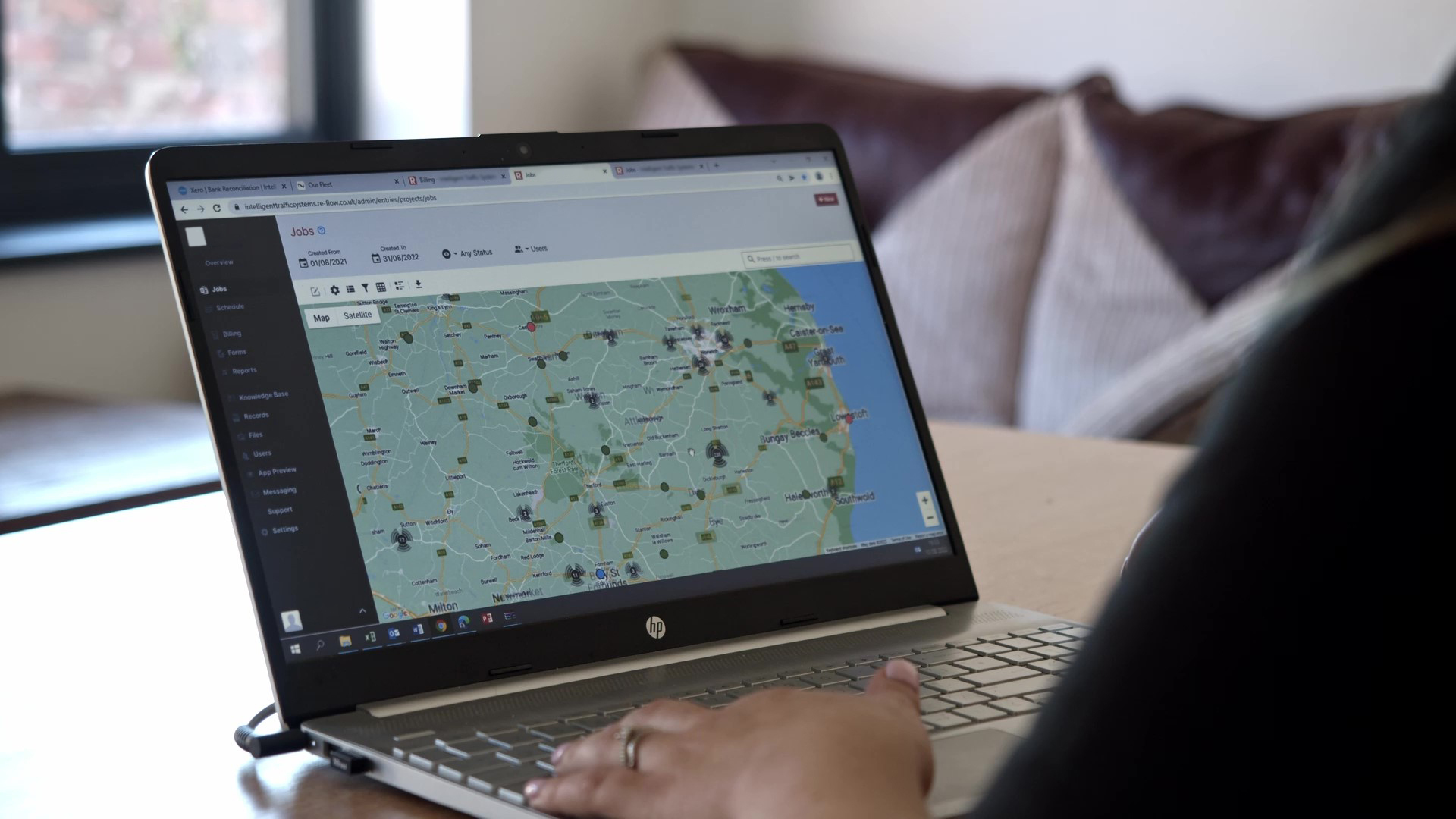
1. Administrative Dashboard
Streamlining jobs from start to finish is very important in optimising field operations. Without a centralised system, information can become siloed.
The core of a field management system rests in its dashboard. Dashboards most commonly take the shape of a browser-based interface. The advantage of this approach is general compatibility with all popular operating systems, meaning businesses don’t need to invest in new hardware when adopting field management software.
The dashboard is the central hub for information and tools. Most systems utilise this space to provide a brief overview of important KPIs including project, billing and invoicing statuses, the number of ongoing jobs, forms exchanged and most recent dashboard changes.
Having all your data in one place means both operatives and office staff have access to relevant information reducing errors and ensuring timely assignments.
2. Mobile Accessibility
A mobile application is often the second element to a field management system. This provides further accessibility, enabling field workers to access the software through their existing mobile devices.
Mobile applications offer an interface through which field operatives can access all the information assigned to them through the dashboard. Users can view relevant job information, complete forms and receive communications from the administrative team.
The most comprehensive field management solutions also offer offline capabilities. Once a connection is regained, all new information is relayed to the dashboard, and vice versa.
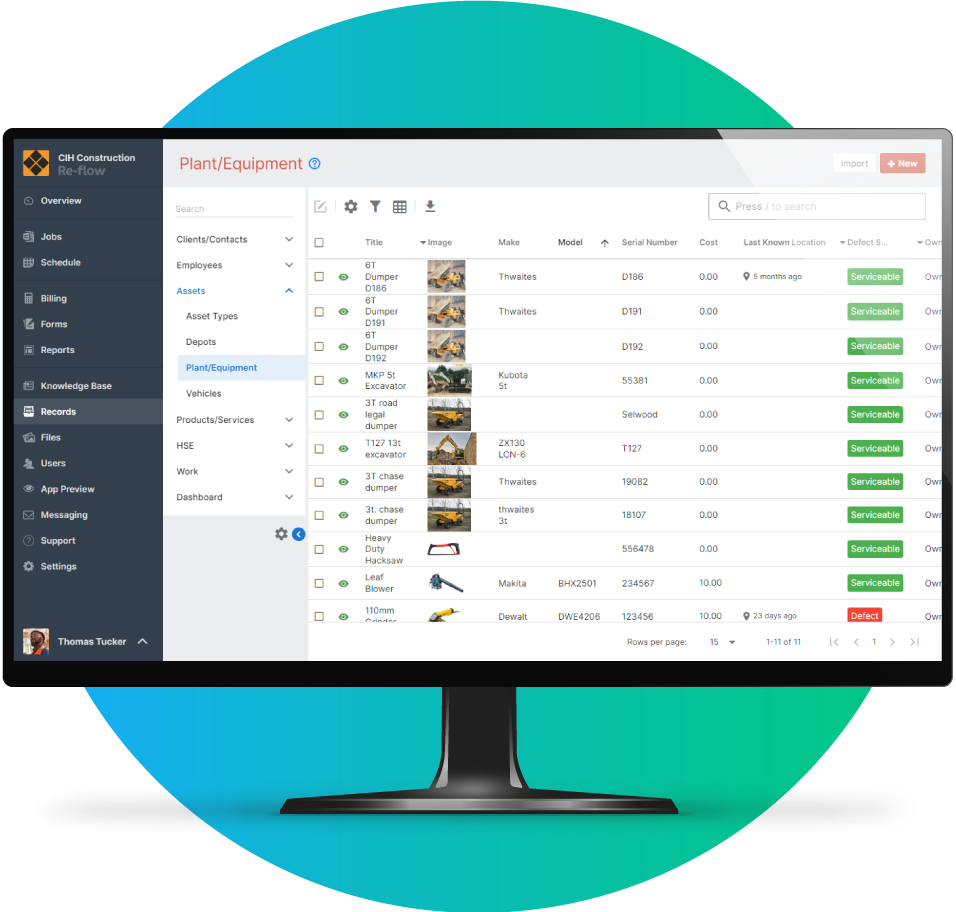
3. Job Management
The ability to create jobs is a crucial element of field management software. As a digital replacement for physical job packs, these include everything a paper form would, like job specifications, locations and task lists, site drawings and diagrams, risk assessments and method statements, site safety checks and relevant safety regulations.
Dashboard users can create tasks and events, such as site visits. Individual users or groups can be assigned to tasks, along with plant, equipment and vehicles. The software should also be able to create recurring tasks, bulk edit and use data filtering.
4. Asset Management
Plant, equipment, vehicles and operatives form the backbone of field-based businesses. Most field management solutions will provide a record-based system for tracking assets.
When you know where and in what condition your assets are in it makes assigning them to jobs much easier. Some field management software will include status tracking, i.e., whether assets are operational or defective, as well as the scheduling of maintenance reminders.
Scheduling routine checks on vehicles and machinery allows you to take proactive measures to prevent problems. Systems with workflow automation capabilities can automatically update asset status based on data from forms, such as vehicle safety checks or incident reports. Office staff can be automatically notified so they can arrange a replacement and repairs to be made.
A more granular level of detail can also be offered, should a system provide support for GPS tracking, Google Maps or what3words. Using QR codes and real-time data, dashboard users can view the last known locations of assets as well as the operatives who last used them.
The ability to attach documents such as instructions and safety guidelines should also be available.
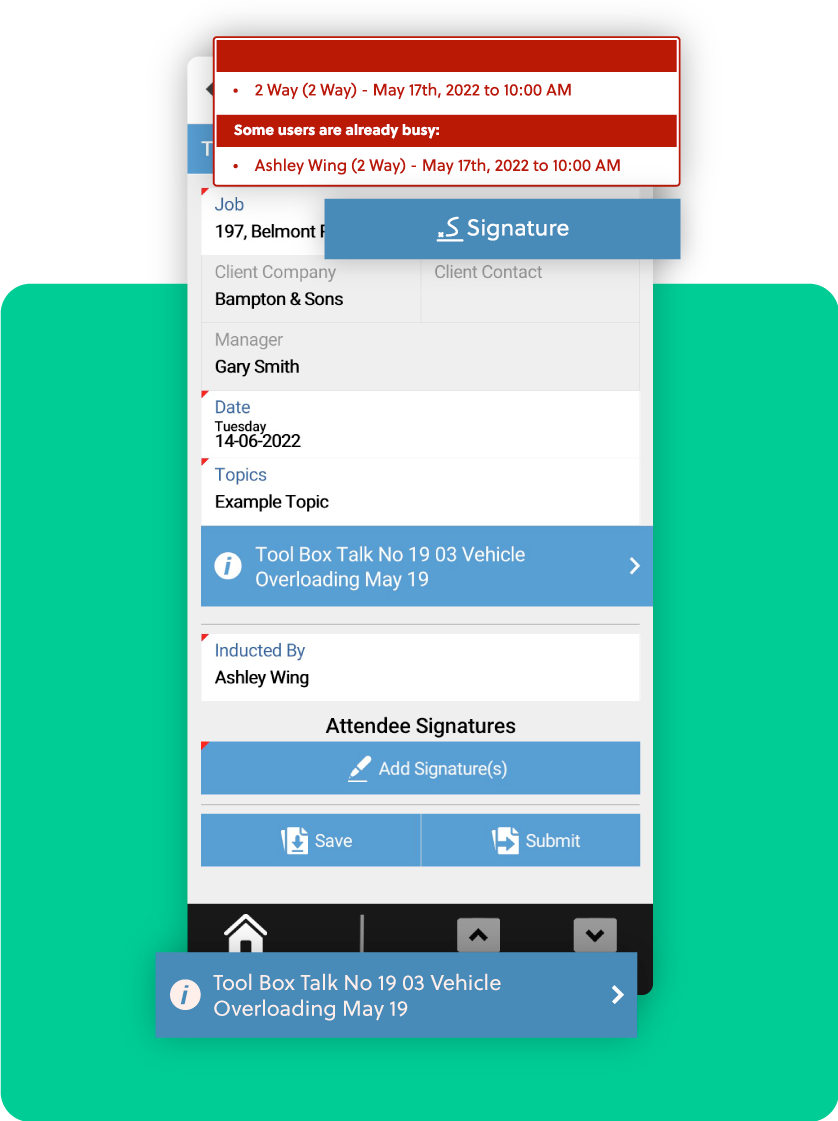
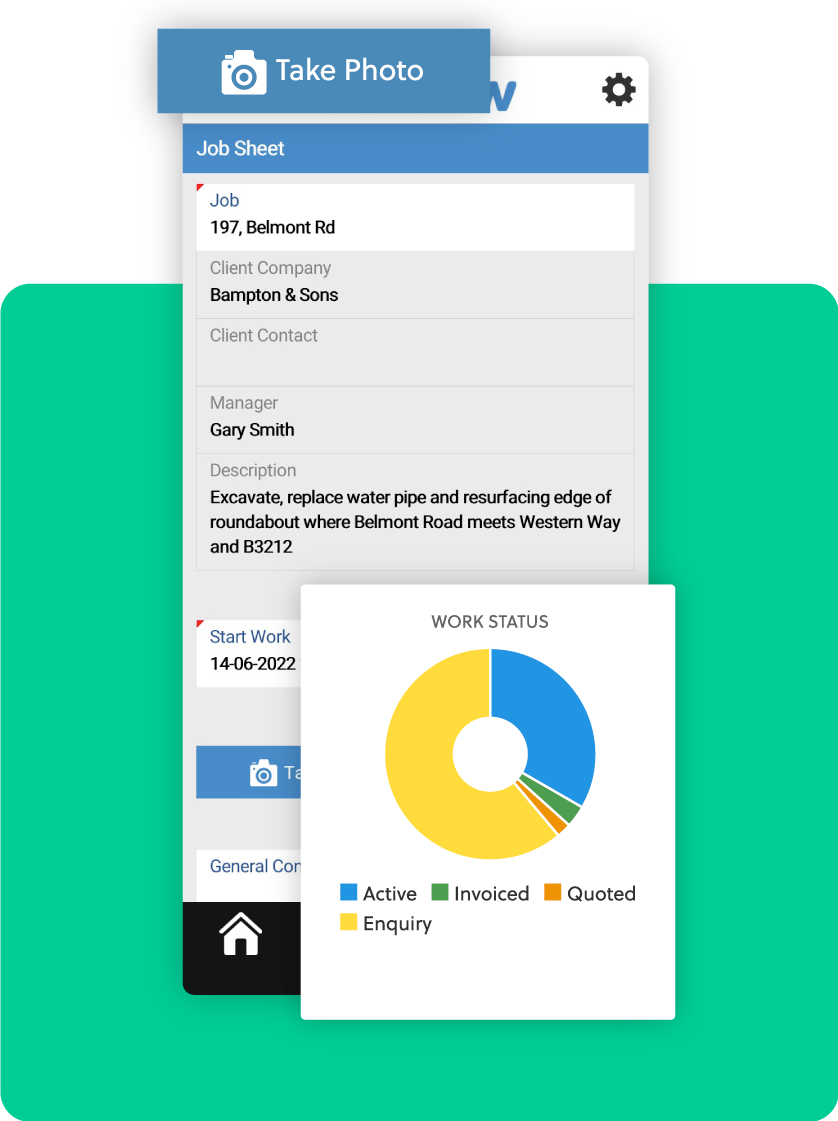
5. The Right Tools and Information
Operatives need more than just technical skills to do their job effectively. They also need to know how to use the tools and equipment they’re working with.
To optimise field operations, providing technicians with the knowledge they need to do their job right is crucial, as well as having the right operative for the job. With field management software you should be able to upload training manuals, video tutorials and documentation to support the worker in their role. This minimises the need for calls back to the office for help resulting in valuable time freed up for service teams. It also ensures less broken equipment and time lost due a job having to be redone.
There is also the capability to add qualifications to jobs and create automations to flag if the operative scheduled doesn’t have the required skills. This again prevents a loss of time and money.
6. Digital Forms
Digital form assignment and completion capabilities are a standard feature included in field management software. Forms can be selected from a catalogue and assigned to tasks or users through the dashboard.
Digital forms can have a wide scope in terms of capabilities. The most basic systems will offer simple form completion with tick boxes, drop-downs, fields and signatures. More advanced systems can offer additional features such as calculated fields that enable more complex forms such as dynamic risk assessments, attaching annotated photographs as well as integrated workflow automation.
Once submitted, forms are sent to the desktop dashboard, where they can be viewed, collated and utilised for further processes. Digital signatures, which often include date, time and location tagging inform administrative teams which users are completing forms, and whether they’re taking place at the right time and place. This information can be utilised to build comprehensive audit trails that can be referred to should the need arise.
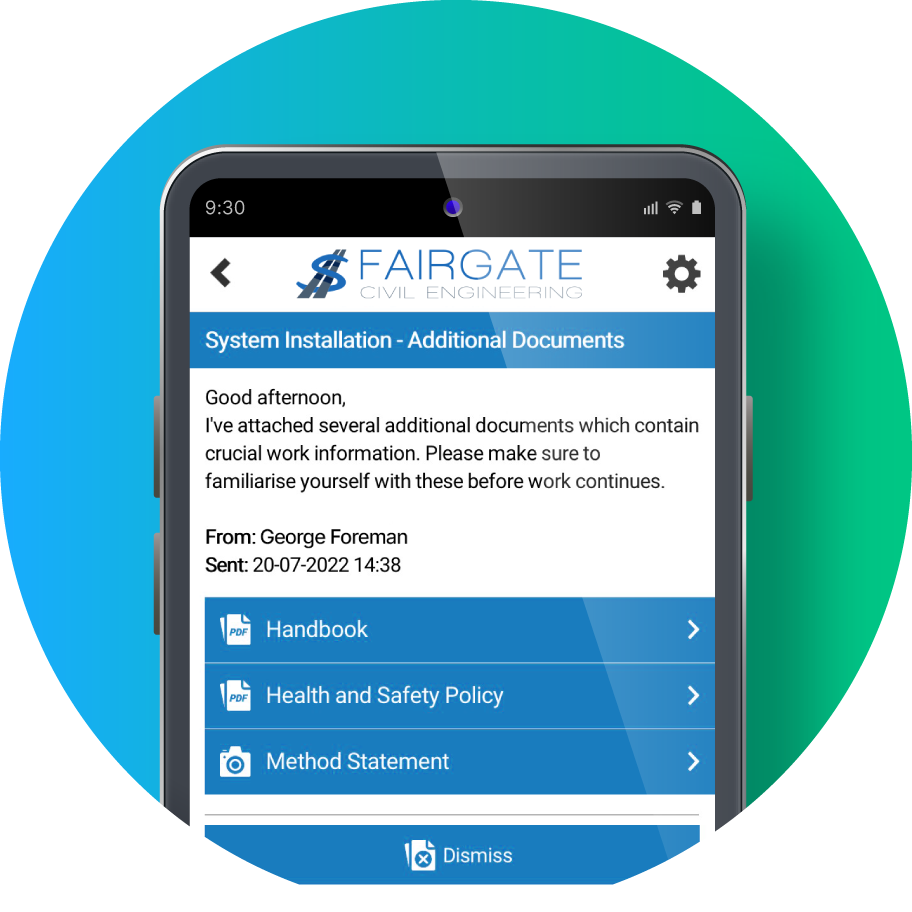
7. Track and Measure Data
Data is critical. Regularly evaluating key performance indicators (KPIs) can help you gain insights into trends, areas for improvement, and areas of strength. And by measuring results, you can ensure that your efforts pay off.
The right software will have data analytics capabilities and a dashboard where it is easy to interpret data whether that be through interactive charts or statistics. The data is also in real time, so you know it is accurate and up-to-date.
8. Instant communication
All field management systems facilitate some level of team communication. The ability for administrative users to instantly communicate with operatives in the field without the need for external messaging applications, e-mails or phone calls will make your business more efficient.
A system that has a messaging system fully integrated with the rest of the system is best. If it can enable file attachments from the knowledge base, image attachments and push notifications, informing operatives of changes to jobs, schedules, or warning of hazards on-site, it is a real asset for any business.
In-app replies are a bonus as two-way communication means constantly being in touch with your operatives and ensuring quicker reporting.
This checklist should give you a good jumping off point when choosing the right field management software for your business. If the software you are looking into has all of these features and more it will get the job done, but always consider your company’s needs and what you require day-to-day to optimise your operations.
